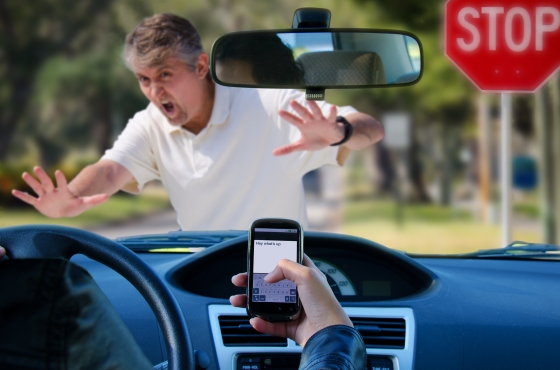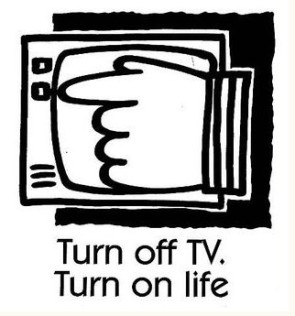There seems to be no lack of bad news in the media, especially involving shootings by the police and acts of terrorism.
Another threat is far greater, closer to home and thankfully easier to control. It’s the danger of teen drivers to themselves and others.
Disturbing Statistics
The number of Americans killed by terrorists, worldwide, from 2001 to 2013 estimated by the federal Centers for Disease Control and Prevention (CDC) to be 3,380. In 2013 that number was 21, according to CNN. By one estimate 1,146 people were killed by law enforcement in the U.S. in 2015, reports The Guardian.
But teenage drivers kill about ten people a day during the summer, according to a new study by the AAA Foundation for Traffic Safety says Property Casualty 360.
It takes teenage drivers about two days to kill about as many Americans as terrorists did in all of 2013.
In the roughly one hundred days of summer, teen drivers will kill almost as many people as are killed in incidents with law enforcement in an entire year.
Accidents for teen drivers go up sharply during the summer months because teens are on the road more. They’re not in school.
Many commute to jobs and use their cars to see their friends. Over the past five years during the summer, an average of 1,022 people was killed each year in crashes involving teen drivers.
The CDC estimates the leading killer of Americans aged 15-24 in 2014 was unintentional injury. The primary cause of fatal, accidental injury was motor vehicle accidents which represent about 23% of the fatalities in the age group.
Distracted Teen Drivers
There’s also a trend showing texting and social media use are increasing among teen drivers, despite efforts to educate them on the dangers of doing so.
The AAA Foundation looked at moments leading up to an accident in more than 2,200 videos from in-car dash cameras from 2007 to 2012. The top distraction for teens has nothing to do with electronics.
The main three distractions for teens when driving is:
- Talking or paying attention to passengers in the vehicle (15% of crashes)
- Talking, texting or operating a cell phone (12% of accidents)
- Attending to or looking at something inside the car (11% of crashes).
From 2007 to 2015, 59% of crashes had some possibly distracting behavior, on average, during the six seconds leading up to a collision.
Government statistics show that in 2014, 10% of teenage drivers involved in fatal vehicle accidents were believed to have been distracted at the time of the crash.
This statistic is higher than any other age group. The AAA Foundation report notes that these government statistics probably substantially underestimate the prevalence of driver distraction.
Teens and Cell Phones
How a teen driver uses a cell phone appears to impact how distracted he or she is.
The trend in cell phone use by teens is more to browse the internet, use social media or text, rather than speaking on it.
- Virginia Tech Transportation Institute research shows texting makes an accident 23 times more likely than when the driver is not distracted.
- Another AAA Foundation survey found almost half of teen drivers admitted they had read a text message or e-mail while driving in the past 30 days.
- The National Highway Transportation Safety Administration’s National Occupant Protection Use Survey shows that from 2007 to 2014, the portion of teen drivers seen manipulating a hand-held device quadrupled.
There was a significant rise in the percentage of teen driver accidents that were involved in rear-end collisions from 2007 to 2015.
These types of crashes most often involve drivers who are following too closely and/or not responding quickly enough because of inattention or distraction.
The AAA Foundation study found that almost two-thirds of those injured or killed in accidents involving a teen driver are people other than the teen.
This study shows teens are a risk to anyone on the road, so it’s important to regulate their actions when behind the wheel.
Right now, 46 states plus the District of Columbia, Puerto Rico, Guam and the U.S. Virgin Islands ban texting while driving for those of any age, according to the Governors Highway Safety Association.
Solutions for Safer Teen Drivers
The website TeenDriving.AAA.com offers some tools parents and teens can use to encourage safer summer driving, including these:
- Teens should not ride with teen drivers. Conversation, horseplay, loud music or rowdy behavior can be a distraction, and there may be peer pressure to do something dangerous.
- Drivers can minimize distractions by not eating, drinking, chatting with a passenger, reading a map, reaching for things in the car or looking at people or objects not related to driving.
- A cell phone shouldn’t be used in the vehicle by the driver.
A defensive driving course (during the summer or at any time) could instill into teen drivers the importance of not driving while distracted and also teach what to do when another driver on the road is endangering others by driving while distracted.
Completing the course may also lower your insurance rates.
With the election coming up, there will be plenty of attention on the issues the country faces, but the issue of teen driving probably won’t be among them. We love our kids, and we can’t imagine living without them.
But we must face the reality teen drivers are in an especially dangerous time in their lives. They must understand how important it is not to be distracted and to focus on driving safely.
Failing to do so could be the biggest mistake of their short lives.
The average American driver will have to file an auto accident claim once every 17.9 years. There’s no doubt teenage distracted driving is a contributor to the statistic. This is why parents need to understand the importance of teaching their teen’s responsibility behind the wheel.






